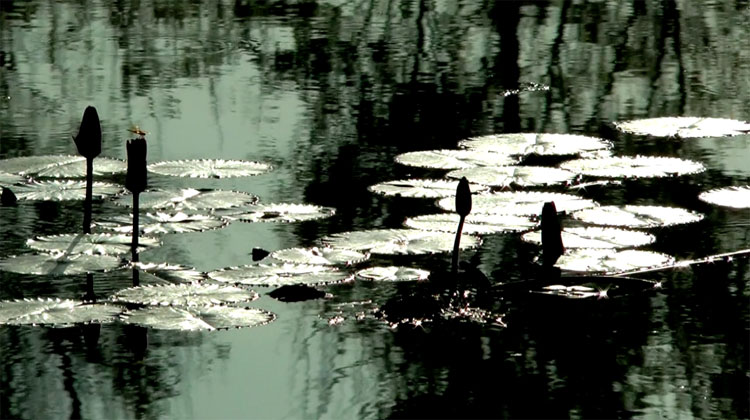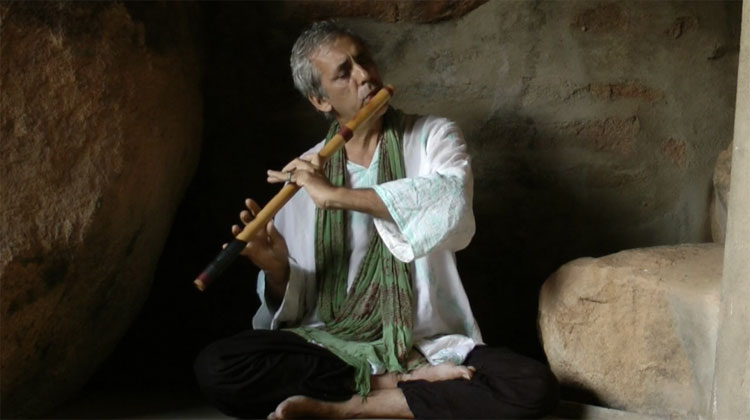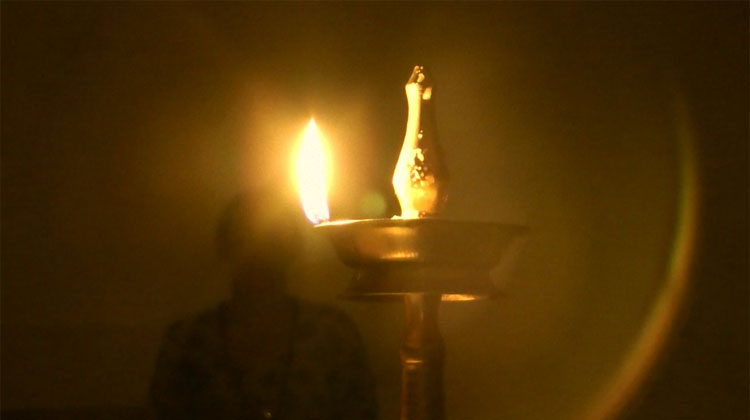Paula Marvelly, Bright Like a Million Suns
A musical rendition of the poetry of Saint Kabir
“The flute of the Infinite is played without ceasing, and its sound is love.”
—Kabir
I ONCE HAD the great honour of meeting and interviewing the flautist, Paul Horn, a few years ago when I attended a Mind Body Spirit conference in Beverley Hills. The interview was recorded on film, and despite only lasting for ten minutes or so, it has never seen the light of day, for reasons I still don’t know why.
But never mind. I was deeply impressed by Paul. He had a dignity and serenity about him, qualities generally so rare for a world-famous musician. He was accompanied by his beautiful wife, Ann Mortifee, an accomplished singer and songwriter in her own right. Together, they performed on stage at the conference and then afterwards, we talked about their spiritual beliefs and the transformational power of music.
Sadly, Paul passed away in 2014, a fact which I only discovered when I started writing this piece. I wish I could have told him that it was his seminal album, Inside the Taj Mahal, that inspired my making of the short film above featuring the flautist, Upahar, in India soon after we had met.
The Indian connection
Paul’s album came about when he was studying with the Transcendental Meditation teacher, Maharishi Mahesh Yogi, in India at the same time as The Beatles. By sneaking into the Taj in Agra with a tape recorder late one evening, he wanted to discover how his solo flute improvisations would sound in a building with such palatial, echoing acoustics.

Photograph: [CC BY-SA 4.0] The Culturium
Bright Like A Million Suns was filmed in a place of similar spiritual significance—Aum Amma’s Cave, which resides on a hill facing Mount Arunachala, Tiruvannamalai, in the southernmost state of Tamil Nadu, India. Not much is known about Aum Amma except that she is a holy woman, revered by many, who lived in the cave for a number of years before vacating it to travel through Andhra Pradesh, leaving it empty.
I arrange to film Upahar, a flautist par excellence from Tiruvannamalai, in Aum Amma’s Cave hoping to capture some of the magic of Paul’s Taj Mahal performance. Born in England, he has spent a great part of his life living in India, residing for half the year close to the Ramanasramam, ashram of the sage Sri Bhagavan Ramana Maharshi.
You can usually find Upahar with his friends holding regular bhajan meetings (group singing in the Indian devotional tradition) both in India and also in Europe, where he is based during the summer months in Italy. He is able to play various instruments, but his passion is the bansuri, an Indian bamboo flute.

Photograph: [CC BY-SA 4.0] The Culturium
In tune with the infinite
At the appointed time, we assemble with Upahar’s partner, Veena, at the foot of the hill on the main road out of Tiruvannamalai. It is mid afternoon and stiflingly hot. Thankfully, Veena has brought soaking wet cotton scarves that she encourages us to wear around our necks.
In silence, we all walk for an hour or so through dense foliage and rough-hewn, stony paths until we emerge onto a rocky plateau overlooking Arunachala in the distance. We slug water and picnic on fruit before Upahar gives us a preliminary session on his bansuri. I look out towards the panorama before me, losing myself on the wave of an intoxicating refrain.
And then we are off again, weaving our way through bushes and boulders until we arrive at the entrance to Aum Amma’s Cave. Once again conversation is minimal. Like Paul and Ann, there is a harmoniousness between Upahar and Veena, which doesn’t appear to need the distraction of words.
Concrete slabs have been laid by devotees around the entrance, making the craggy dwelling a little more upmarket than most other caves in the vicinity. It is divided into two chambers: the first immediately beyond the entrance; the second attainable by a flight of downward steps. This lower chamber has a “window”, which looks out over the landscape and beyond. As we descend, birdsong can be heard in the trees along with the pulsing of insects in the grass.

Photograph: [CC BY-SA 4.0] The Culturium
All falls still. I wait and then press record.
Post Notes
- Bhagavan Sri Ramana Maharshi’s official website
- Upahar’s website
- Paul Horn’s official website
- Paul Horn, Inside the Taj Mahal I & II
- Ann Mortifee, Born to Live
- Alan Jacobs: Who Am I?
- Sri V. Ganesan: The Ultimate Question
- Rabindranath Tagore: Gitanjali
- Jean R. Dedieu: Jnani, The Silent Sage of Arunachala
- Paula Marvelly: A Singular Man
- Paula Marvelly: Rendezvous With Ramana, Part I
- Krishnamurti’s Notebook
- Abhay K.: Anthems for Immortality
